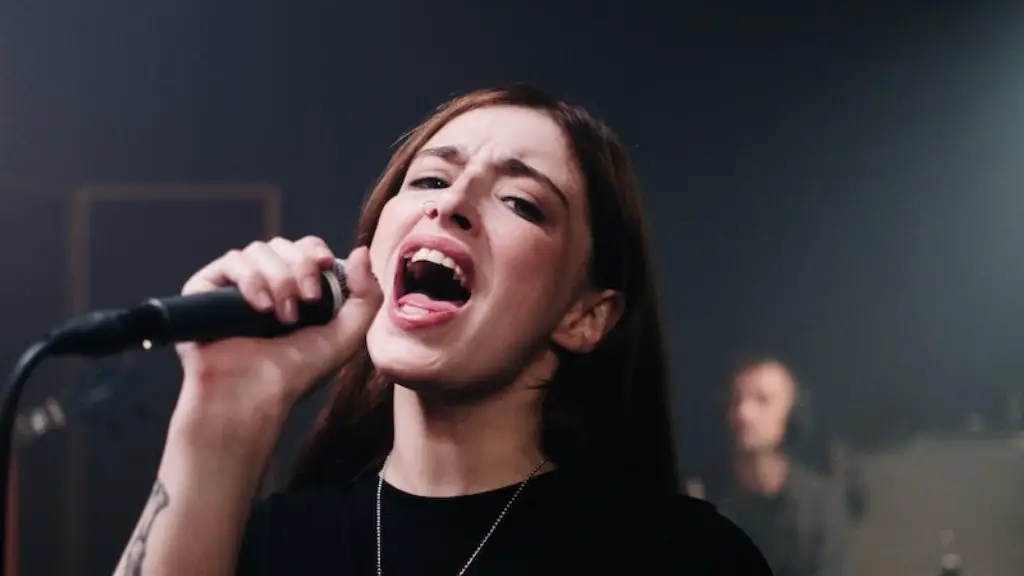Trying to draw a house on fire? It’s an intimidating task, especially if you don’t know where to begin. Drawing on fire doesn’t have to be a daunting task though, as with a few simple steps, you can easily draw a house engulfed in flames. Whether you’re trying to create a realistic painting or a simple sketch, these tips will help you create a burning house that lights up your canvas.
The first step in drawing a house on fire is to decide what type of house you’re going to draw. Are you going to draw a modern house or an old barn? Think of the details: what color is the roof, what type of windows and doors, etc. Visualize the whole house in your mind and take the time to make sure you have the details right.
Once you have the structure of the house down, it’s time to draw your flames. Start by creating a simple outline that outlines the shape of the fire. Outline the flames getting bigger as they go up, making sure that the base of each flame is wider than the head. Use a mix of smaller flames and thick blobs of fire to create a more realistic look.
Now that you have the outline of the flames, use different shades of orange and yellow to create a vivid, blazing fire. Add lighter colors on the bottom of each flame, and use a mix of red yellows and oranges to fill in the bulk of the fire. Don’t be afraid to be creative – add streaks of red and yellow in the outline of the flames and make sure to use some highlights and shadows to create depth in your fire.
As you color, be sure to add some smoke and ashes. To draw smoke, simply draw lines of various thicknesses coming off of the flames and pointing in different directions. To draw ashes, use black charcoal or grey pastels to create puff clouds randomly around the fire.
Finally, use some white charcoal or white pastels to draw small sparks that are shooting up from the flames. Make them light and wispy, and be sure to draw them in the direction of the smoke.
The key to drawing an effective fire is to use a variety of colors to create depth and contrast. Don’t be afraid to add some bold colors – yellows, oranges, and even reds – to your flames to create a vibrant, realistic effect.
To create a more realistic effect, use various light and dark shades of the same colors to create highlights and shadows. This will create the impression that the flames are actually casting light and shadows on the house, giving it a realistic “burning” look.
Once you have the fire and smoke drawn, you can fill in the background of your house with a more detailed, colorful pattern. Use bright colors to draw highlights on the windows and doors of your house, and dark colors to draw shadows in the background.
With a few simple steps and some creative colors, you can easily draw a house on fire. No messy paints or fancy tools are required – just use your imagination, and you can create beautiful art that celebrates the beauty of an eternal flame.
Now that you have the basics of drawing a house on fire, why not take it up a notch and add in some extra details? Try adding in flaming debris, like logs or burning timber, or draw a few animals fleeing from the fire. You can also draw some characters standing in front of the fire to turn it into a dramatic and vibrant scene.
So now that you have mastered the art of drawing a house on fire, why not practice and experiment with different materials and techniques? Use thick layers of acrylic paint to create a flame-like texture, or mix together watercolors to create a mix of oranges, reds, and yellows. The possibilities are limitless, and you’ll never get tired of exploring different methods of creating this beautiful and awe-inspiring scene.
